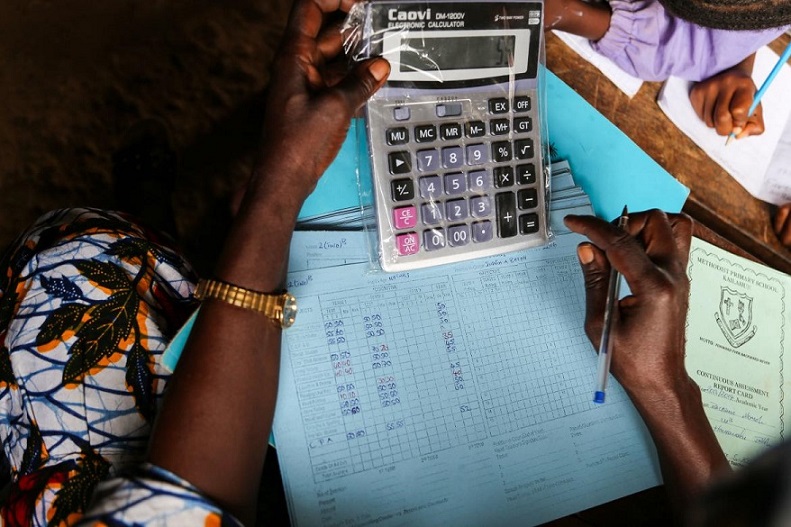This blog was originally posted on GPE Education for All on March 04, 2021 by David Moinina Sengeh, Minister of Basic and Senior Secondary Education, Sierra Leone, and Alina Game.

Credit: George Lewis/The World Bank
The story of education in Sierra Leone is one of hard-earned gains. In addition to the challenges that every developing nation faces, Sierra Leone’s education system has had to navigate the legacy of a decade-long civil war in the 1990s and the upheavals caused by the Ebola outbreak in 2014.
As a result, Sierra Leone has formulated nimble policy strategies that have found creative ways to address these obstacles and ensure that the country’s children receive the education they deserve. One such policy was the 2018 Free Quality School Education program, a nationwide strategic plan that seeks to increase educational access to school-age children and young adults.
A year after the program was implemented, 2.5 million students were enrolled at the primary, junior secondary, and senior secondary levels.
Despite significant progress, there is more work to be done to transform education in Sierra Leone: the quality of teaching needs to be improved; financial constraints on parents need to be reduced; remote areas must have better access to schools; and gender inequalities must be eliminated.
Partnering with GRID3 to gather data on school coverage
To tackle these and other challenges, the Ministry of Basic and Senior Secondary of Education has partnered with GRID3 to further strengthen the country’s nationwide education strategy. Accurate data is essential to decision-making, and the goal of our partnership is to identify innovative approaches to collecting, analyzing, and using geospatial data that can lead to the improvement of educational outcomes for all students, and especially improve outcomes for girls, students with disabilities, and children living in remote areas.
A major achievement of our partnership is a recent school coverage analysis. Using data on existing school locations taken from Sierra Leone’s 2019 Annual School Census, as well as GRID3 data on population estimates and settlements, we identified gaps in access to education services based on the number of school-age children who were not living within a three-mile radius of a school.
Sierra Leonean schools are classified into four school types (pre-primary, primary, junior secondary, and senior secondary). Using these classifications as a baseline, we also identified three key characteristics of interest: school ownership (public/private), school location (urban/rural), and school quality (below or above an exam pass rate threshold).
One of the major findings of our analysis is that primary schools have the highest coverage rate, as 99% of children ages 6-11 live within a three-mile distance of a school. Coverage rates for pre-primary (ages 3-5), junior secondary (ages 12-14), and senior secondary (ages 15-17) schools, however, are much lower (54%, 71%, and 53%, respectively). We also observed how other factors, such as the geographic remoteness of a community and other social, economic, and social factors, also affect access.
Using data to better match schooling opportunities to needs
In the coming months, our partnership will be focusing on identifying ways to optimize school locations; we will explore which areas should augment schooling that is already available, as well as areas that require new schools to be built. This information will inform policy for programs that invest in the development of classrooms; construction of schools; and extra support to specific schools.
Linked with locations of water wells, cell phone and radio coverage, energy supply and more data points, an additional goal of the partnership is to see how to support the Government of Sierra Leone’s broad commitment to the improvement of human capital across several sectors.
For a start, we will accelerate the improvement of access and quality of education in Sierra Leone through the current GPE program implementation and COVID-19 grants and a new World Bank-led multi-donor trust fund for education.
